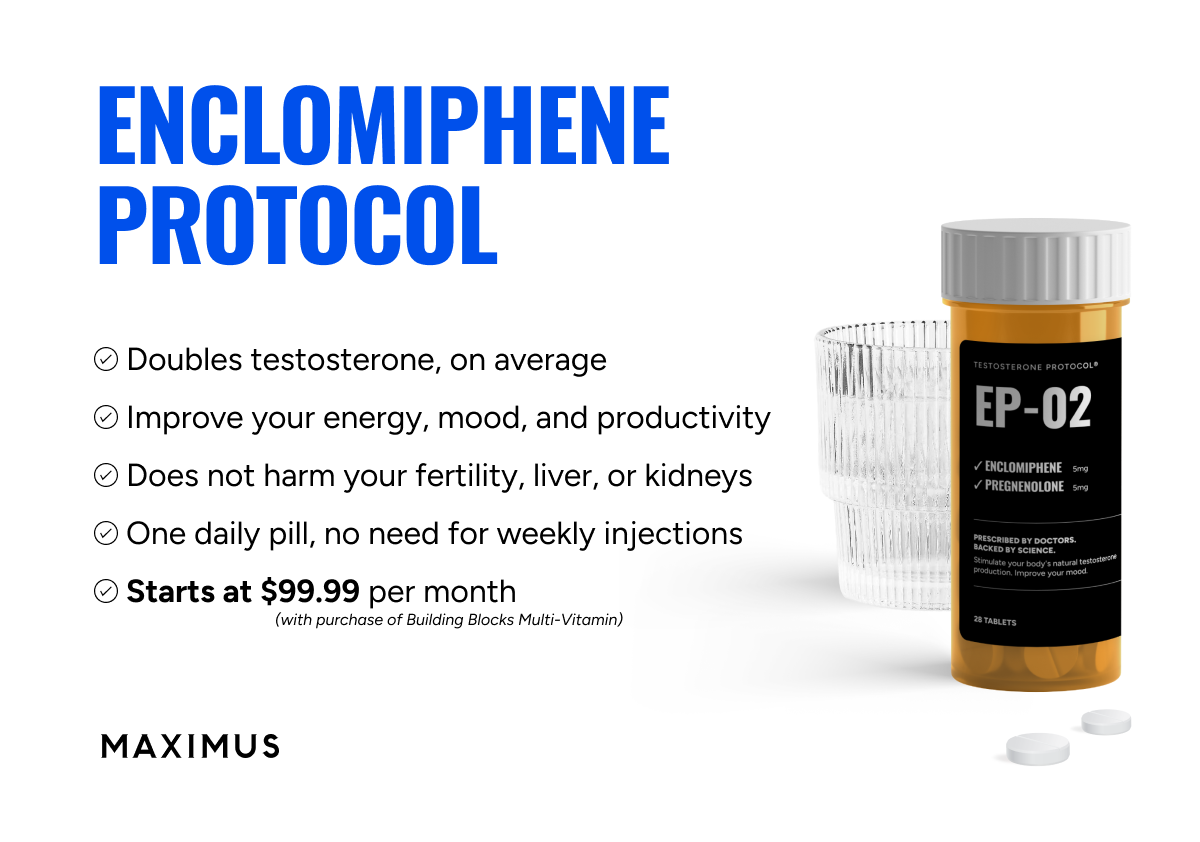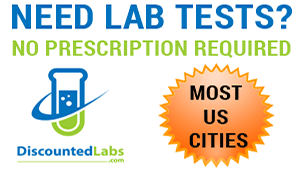P
Palermitano
Guest
Hello all,
It appears Im the only one here on pellet therapy. Much of the concern/debate has been the rate of testosterone decline over the 4-5 months until re-insertion. I have been curious about this myself and plan to test Total Testosterone, Free Testosterone and E2 (per discountedlabs of course) each month just to see whats going on. If there is interest, I will be happy to post my results.
It appears Im the only one here on pellet therapy. Much of the concern/debate has been the rate of testosterone decline over the 4-5 months until re-insertion. I have been curious about this myself and plan to test Total Testosterone, Free Testosterone and E2 (per discountedlabs of course) each month just to see whats going on. If there is interest, I will be happy to post my results.















